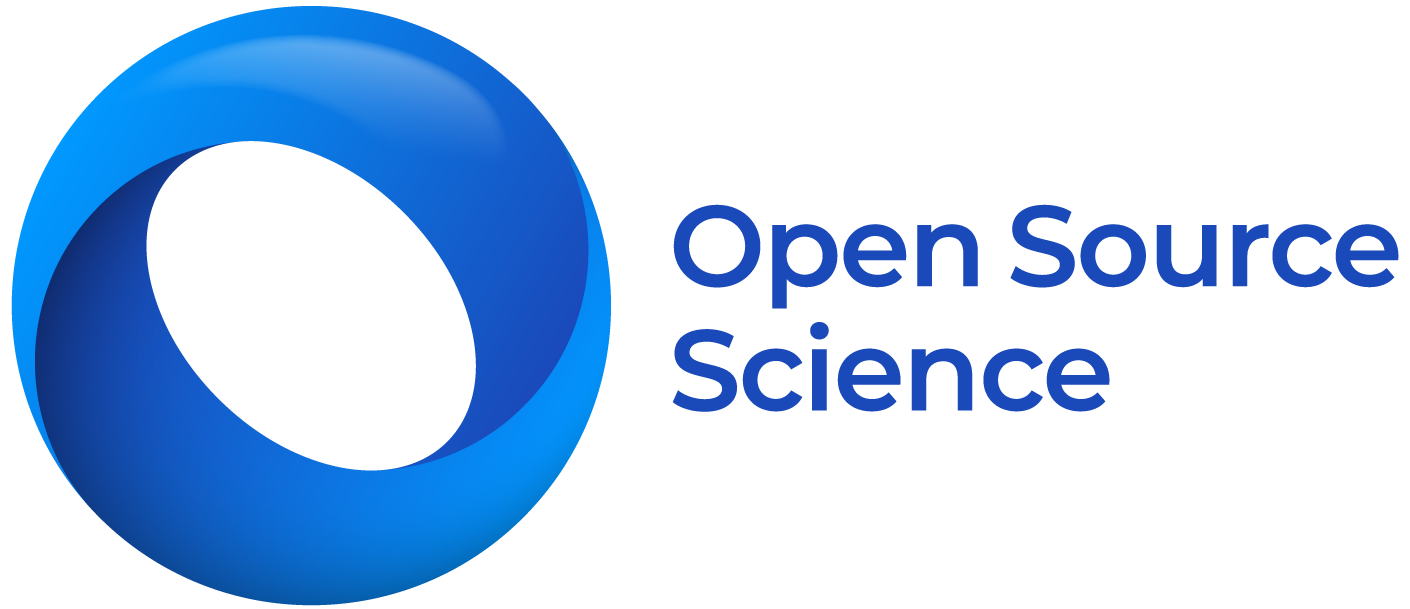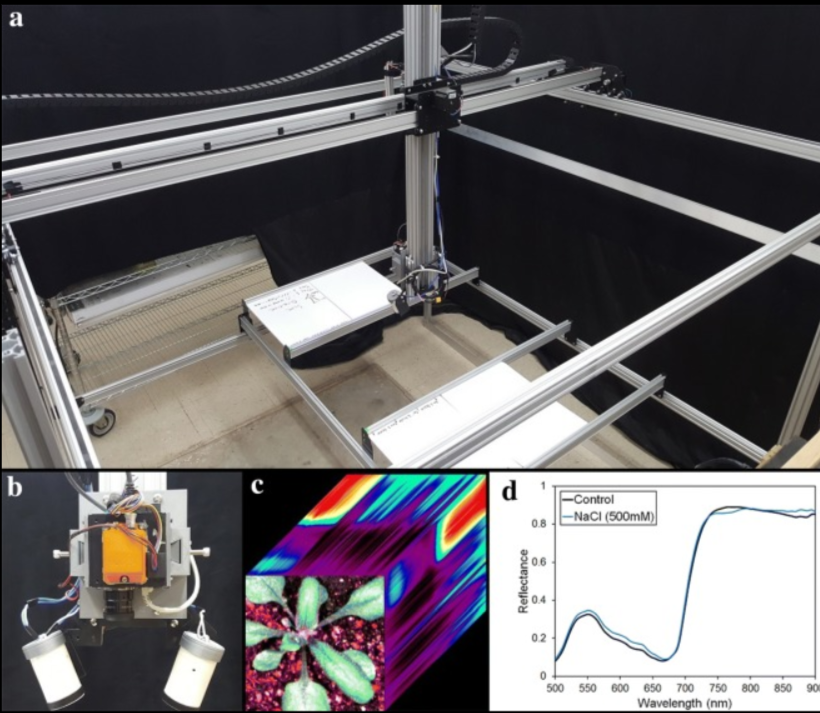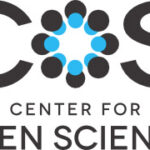HyperScanner: A Low-Cost and Open-Source Platform for Automated Imaging for Plant Imaging
Background: Remote monitoring of plants using hyperspectral imaging has become an important tool for the study of plant growth, development, and physiology. Many applications are oriented towards use in field environments to enable non-destructive analysis of crop responses due to factors such as drought, nutrient deficiency, and disease, e.g., using tram, drone, or airplane mounted instruments. The field setting introduces a wide range of uncontrolled environmental variables that make validation and interpretation of spectral responses challenging, and as such lab- and greenhouse-deployed systems for plant studies and phenotyping are of increasing interest. In this study, we have designed and developed an open-source, hyperspectral reflectance-based imaging system for lab-based plant experiments: the HyperScanner. The reliability and accuracy of HyperScanner were validated using drought and salt stress experiments with Arabidopsis thaliana.
Results: A robust, scalable, and reliable system was created. The system was built using open-sourced parts, and all custom parts, operational methods, and data have been made publicly available in order to maintain the open-source aim of HyperScanner. The gathered reflectance images showed changes in narrowband red and infrared reflectance spectra for each of the stress tests that was evident prior to other visual physiological responses and exhibited congruence with measurements using full-range contact spectrometers.
Conclusions: HyperScanner offers the potential for reliable and inexpensive laboratory hyperspectral imaging systems. HyperScanner was able to quickly collect accurate reflectance curves on a variety of plant stress experiments. The resulting images showed spectral differences in plants shortly after application of a treatment but before visual manifestation. HyperScanner increases the capacity for spectroscopic and imaging-based analytical tools by providing more access to hyperspectral analyses in the laboratory setting.
Keywords: Arabidopsis; Automated; Hyperspectral imaging; Imaging spectroscopy; Low-cost; Non-invasive; Open-source; Reflectance.



